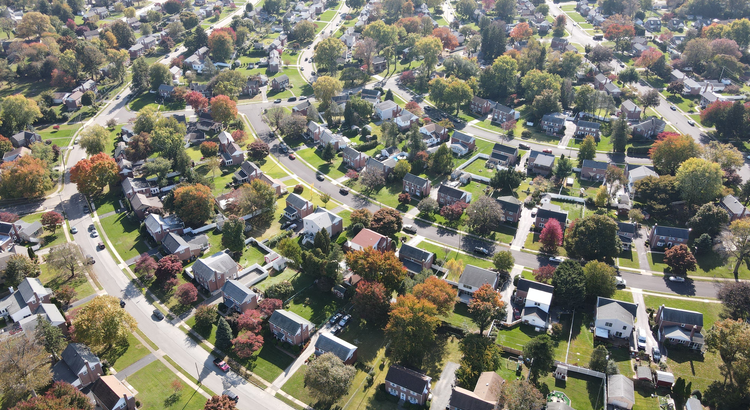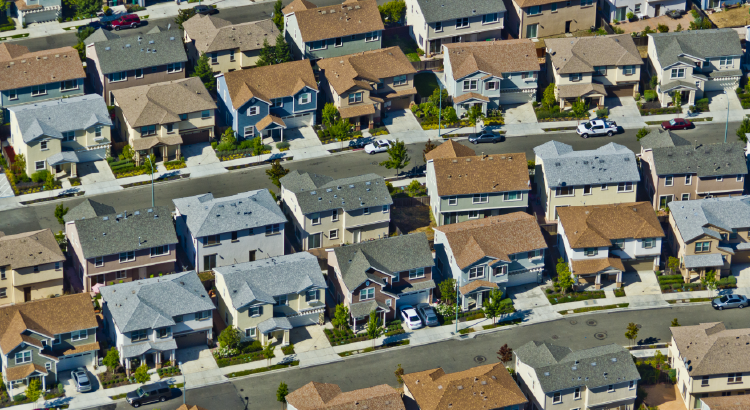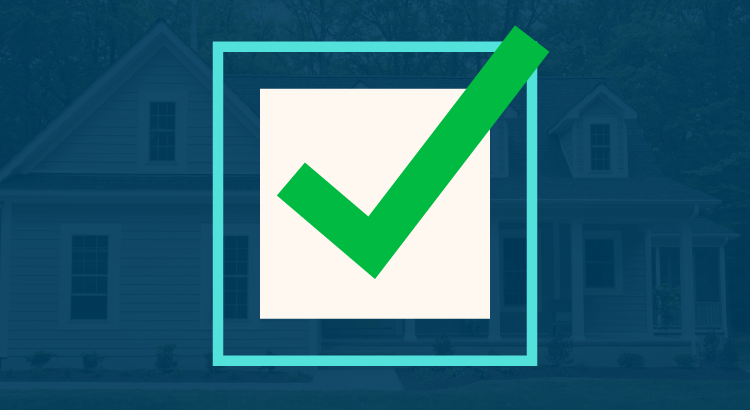
The Return of Normal Seasonality for Home Price Appreciation
The Return of Normal Seasonality for Home Price Appreciation If you’re thinking of making a move, one of the biggest questions you have right now is probably: what’s happening with home prices? Despite what you may be hearing in the news, nationally, home prices aren’t falling. It’s just that pric

Why Today’s Housing Inventory Shows a Crash Isn’t on the Horizon
Why Today’s Housing Inventory Shows a Crash Isn’t on the Horizon You might remember the housing crash in 2008, even if you didn't own a home at the time. If you’re worried there’s going to be a repeat of what happened back then, there's good news – the housing market now is different from 2008. On

Check this Beautiful Listing!
Welcome to the epitome of beachside luxury at 3440 Doheny Way, Dana Point, California, a stunning residence nestled in the heart of the newly constructed South Cove community. With a listing price of $1,650,000, this lavish abode is a perfect blend of a smart financial choice and an exceptional life
Categories
Recent Posts











